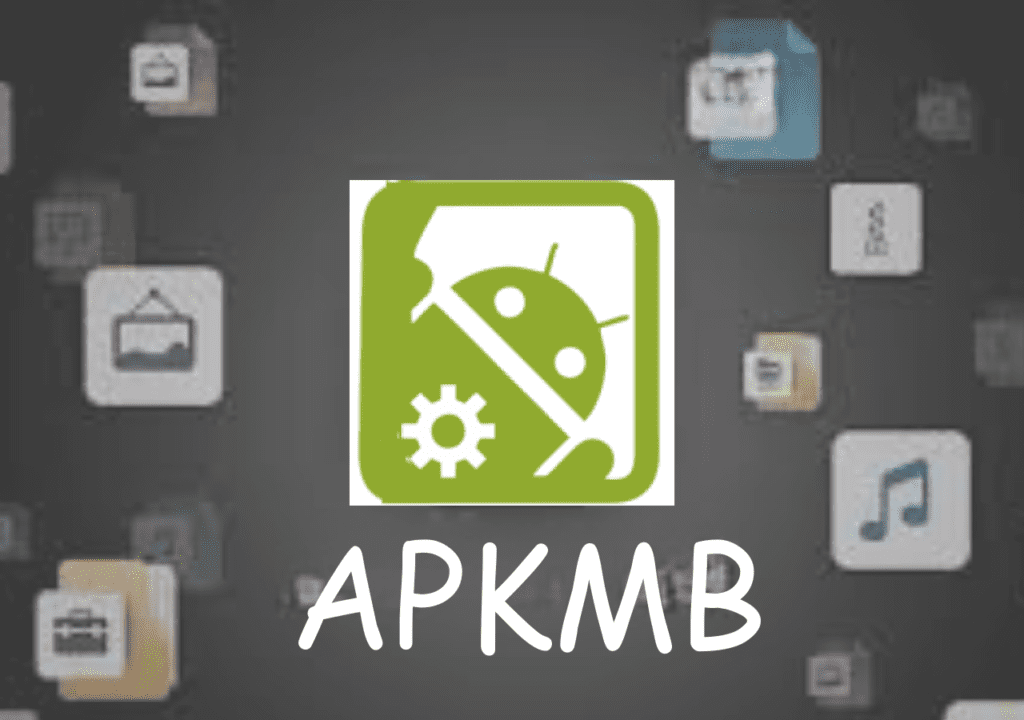In an era where technology evolves rapidly, the demand for quality software has never been higher. Businesses need software that is not only functional but also adaptable to changing needs, efficient, and user-friendly. The key to achieving this lies in the application of Agile methodologies, a flexible and iterative approach to software development. The term “Codecraft” embodies the artistry of creating exceptional software where technical expertise meets creative problem-solving.
In this article, we’ll explore how Agile strategies can be the cornerstone for crafting exemplary software, from building the right foundation to overcoming challenges. By the end, you’ll have a deeper understanding of how Agile methods can elevate your development process and help you produce software that stands out in both functionality and quality.
Section 1: The Foundation of Agile in Software Development
Agile methodologies have transformed the software development landscape. Unlike traditional methodologies, which often follow a rigid and linear process (waterfall model), Agile emphasizes flexibility, collaboration, and continuous improvement. This iterative approach not only makes development more adaptive to change but also helps produce high-quality software that meets customer expectations.
Key Principles of Agile Development:
- Iterative and Incremental Development: Agile operates on short, time-boxed iterations or “sprints” (usually 1–4 weeks). In each sprint, teams work on a small set of features that add value to the end product. By continuously delivering small increments of functionality, Agile ensures that feedback is collected early and often, enabling teams to adjust as needed.
- Collaboration Over Documentation: In Agile, face-to-face communication between team members, stakeholders, and customers is prioritized over excessive documentation. The goal is to ensure that everyone is on the same page and working towards a shared objective.
- Customer Focus: The customer’s needs are at the heart of Agile. Instead of waiting until the end of a long development cycle, Agile teams deliver working software regularly and solicit customer feedback to ensure that the product meets their needs. This constant feedback loop ensures the software evolves in alignment with user expectations.
- Embrace Change: One of the most significant advantages of Agile is its ability to embrace change. As business requirements evolve, Agile teams adapt their work plans and priorities, ensuring the product remains relevant and effective.
Why Agile Is Essential for Crafting Exemplary Software
In traditional software development, projects often take a “big bang” approach: extensive planning followed by long development phases. However, the software landscape is constantly changing—new technologies emerge, user needs shift, and market demands fluctuate. In this fast-paced environment, a more adaptive approach is crucial, which is exactly what Agile provides.
By adopting Agile, teams can stay focused on the most important aspects of software development—quality, user experience, and continuous improvement. Agile practices foster a mindset where development is driven by feedback, and teams are empowered to make adjustments based on evolving needs, rather than being stuck with rigid specifications that may no longer be relevant.
For a deeper understanding of how Agile can lead to higher-quality products, check out this insightful article on Why Agile Project Management Leads to Higher-quality Products.
Section 2: Agile Frameworks – Choosing the Right One
Agile is not a one-size-fits-all solution. Various frameworks exist within the Agile umbrella, each offering different methods of collaboration, prioritization, and management. Selecting the right framework for your team and project is essential for maximizing efficiency and delivering quality software.
Popular Agile Framewo
- Scrum: Scrum is one of the most widely used Agile frameworks, especially for teams that prefer structure and a more defined process. Scrum divides the project into sprints, each lasting 2–4 weeks, intending to deliver a shippable product increment at the end of each sprint. The key components of Scrum include:
- Product Backlog: A prioritized list of features or tasks that need to be completed.
- Sprint Backlog: A subset of the Product Backlog, representing the work to be completed in the current sprint.
- Daily Standups: Short, focused meetings where team members discuss what they accomplished yesterday, what they’ll work on today, and any blockers they face.
- Sprint Review and Retrospective: Meetings are held at the end of each sprint to assess progress and identify areas for improvement.
- Kanban: Kanban is a more flexible Agile framework that focuses on continuous delivery. Rather than using sprints, Kanban uses a visual board to track the flow of work. Teams can prioritize tasks dynamically and make adjustments in real time. Kanban’s key principles include:
- Visualizing Work: Work items are displayed on boards to visualize the flow of tasks.
- Limiting Work in Progress (WIP): To prevent overburdening the team, work items are limited at each stage of the process.
- Continuous Delivery: New features are released as soon as they are completed, rather than waiting for a sprint’s end.
- Extreme Programming (XP): Extreme Programming is an Agile framework that focuses on improving software quality and developer productivity. It emphasizes technical excellence through practices such as:
- Test-Driven Development (TDD): Writing tests before writing the actual code ensures that the software meets all the necessary requirements from the start.
- Pair Programming: Two developers work together at the same computer, ensuring better code quality and knowledge sharing.
- Continuous Refactoring: Developers are encouraged to improve code continuously, ensuring it remains clean and maintainable.
Section 3: Best Agile Practices for Software Craftsmanship
Incorporating Agile methodologies is just the first step. To truly craft exemplary software, development teams need to adopt certain best practices that foster high-quality, maintainable, and scalable code.
Best Practices for Agile Software Craftsmanship:
- Continuous Integration and Continuous Delivery (CI/CD): CI/CD is an essential practice that helps teams maintain code quality and streamline the release process. Developers integrate their code into the main branch regularly, and automated tests ensure that new changes do not break existing functionality. With CI/CD, teams can:
- Catch bugs early through automated testing.
- Release software updates quickly and consistently.
- Increase collaboration between developers and operations teams.
- Test-Driven Development (TDD): TDD encourages developers to write tests before the code. This ensures that each feature is properly tested from the start and prevents defects from slipping through the cracks. TDD also encourages better design by forcing developers to consider edge cases and potential failures upfront.
- Code Reviews: Regular code reviews are a cornerstone of software craftsmanship. They ensure that the code is clean, and efficient, and adheres to best practices. Code reviews also foster collaboration between team members, enabling them to share knowledge and improve the quality of the codebase.
- Pair Programming: While not all teams adopt pair programming when implemented correctly, it can significantly improve code quality and team cohesion. Two developers working on the same task can spot issues more effectively, share knowledge, and avoid bottlenecks in development.
- Refactoring: Refactoring is the process of improving the internal structure of the code without changing its external behavior. In Agile, refactoring is done regularly to keep the codebase clean, maintainable, and scalable. It ensures that the code remains flexible and adaptable to future changes.
- User Stories and Acceptance Criteria: In Agile, requirements are captured as “user stories” rather than lengthy specifications. A user story defines a feature from the end user’s perspective, and acceptance criteria describe how the feature should function. This helps the development team focus on delivering value and ensures that all features meet user expectations.
Section 4: Overcoming Challenges in Agile Software Development
While Agile methodologies offer many benefits, they come with their own set of challenges. Understanding and addressing these challenges will help teams stay on track and continue to deliver high-quality software.
Common Challenges in Agile Development:
- Managing Scope Creep: One of the risks of Agile is scope creep—when the project’s scope grows uncontrollably due to constantly adding new features. To manage this, Agile teams should maintain a prioritized product backlog and ensure that changes are only made when they add significant value.
- Team Alignment: Agile is most effective when everyone on the team is aligned with the principles and goals of the framework. Without proper training and consistent communication, teams can drift away from Agile best practices. Regular retrospectives and daily standups help maintain alignment.
- Balancing Speed with Quality: Agile places a premium on delivering software quickly, but speed should never come at the cost of quality. Teams need to ensure that they implement proper testing, follow best practices, and maintain a high standard of code quality even when working under tight deadlines.
- Managing Stakeholder Expectations: Agile’s focus on frequent feedback means that stakeholders are constantly involved in the process. However, this can lead to challenges in managing expectations. Clear communication is essential to keep stakeholders informed about progress, changes, and the reasons behind development decisions.
Section 5: Real-World Examples of Agile Success
Agile methodologies have been adopted by many successful companies, from small startups to large enterprises. Real-world examples of Agile success highlight how these strategies can lead to innovation, high-quality products, and continuous improvement.
Case Study
Spotify is a prime example of Agile success. The company uses a unique version of Agile, where teams are organized into “squads,” each responsible for a specific feature of the product. These squads operate like mini-startups, with autonomy over their tasks, while still working toward a shared vision.



